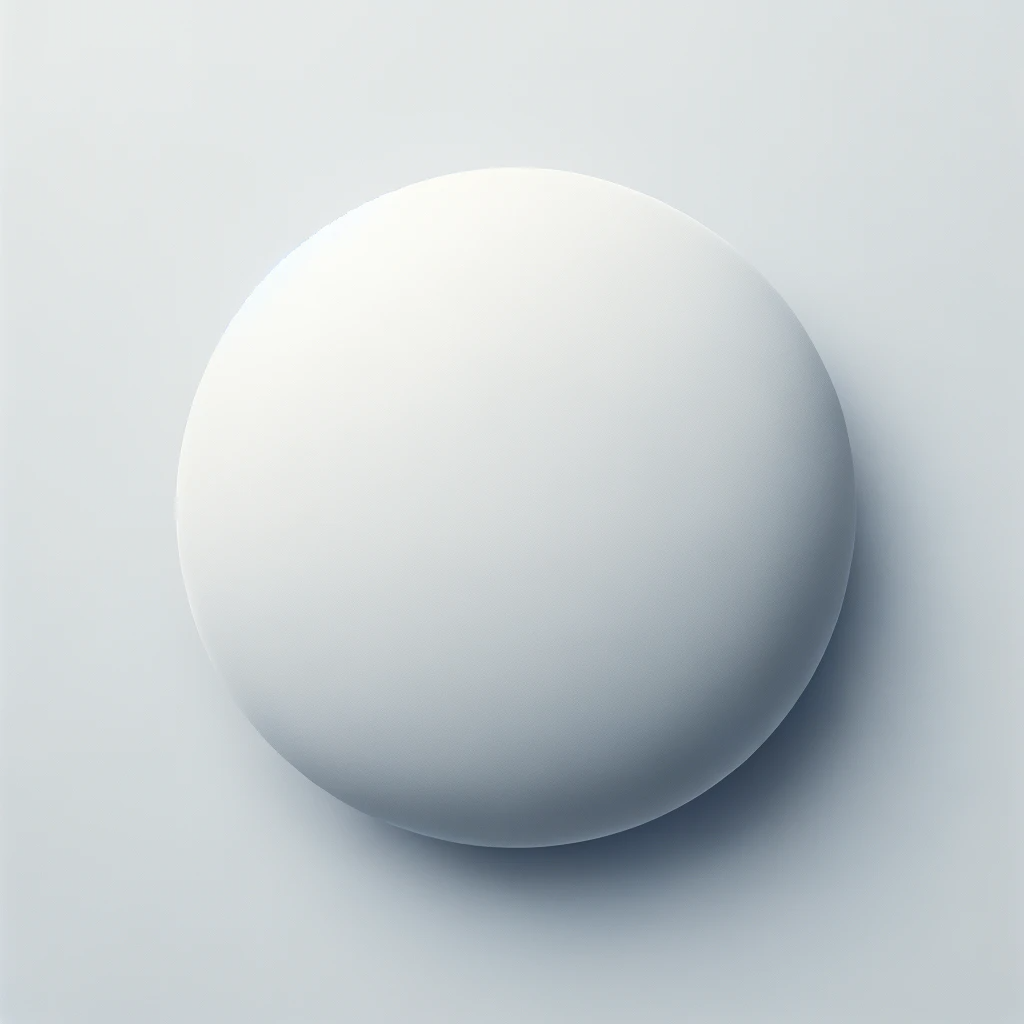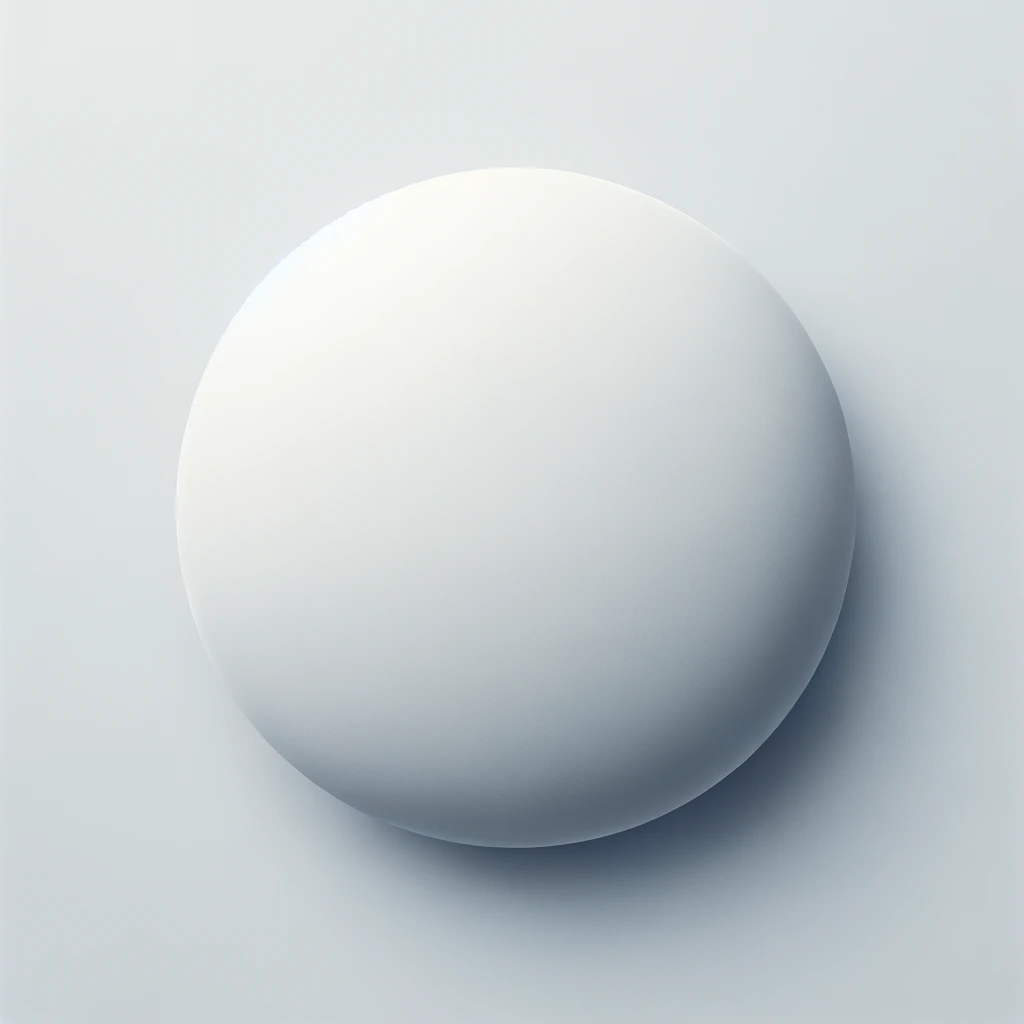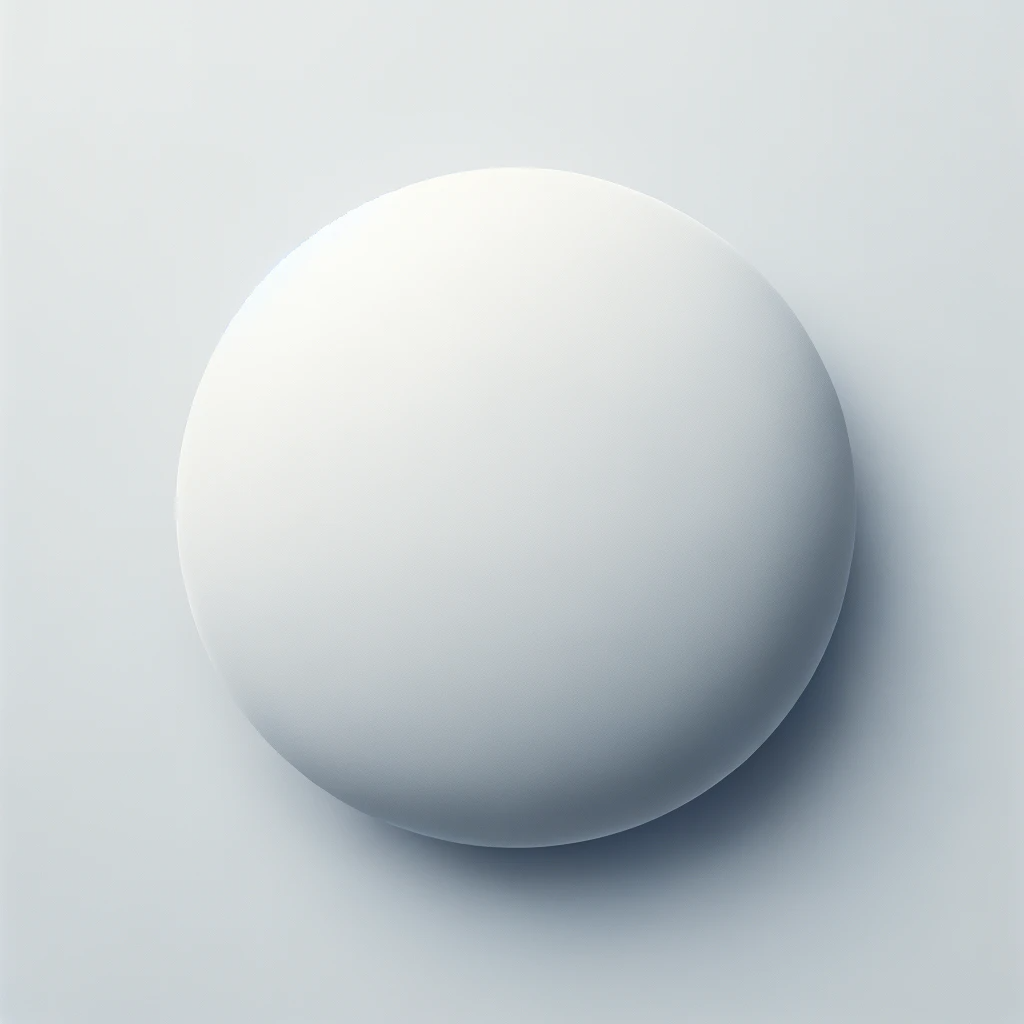How To Gastrocnemius counterstrain: 8 Strategies That Work
Study with Quizlet and memorize flashcards containing terms like Muscle Energy: Hamstrings, Muscle Energy: Quads and Iliopsoas, Counterstrain: Gluteus Medius and more.Lewis C, Souvlis T, Sterling M , Strain-Counterstrain therapy combined with exercise is not more effective than exercise alone on pain and disability in people with acute low back pain: a randomised trial. Journal of Physiotherapy 57: 91–98 (2011) Simons, D.G., Travell, J., Simons, L.S., Myofascial Pain and Disfunction. The Trigger Point Manual.Kevin Cronin, PT, ATC, JSCC. I have been excited about Counterstrain since I first met Lawrence Jones, D.O. at a course in Portland in 1991. He fixed a problem for me that I had suffered with for 18 months prior to meeting him, and I had seen all the "best" Physical Therapists, Osteopaths, Acupuncturists, Naprapaths, and Orthopedic physicians ...Gastrocnemius strain remains a common injury among young athletes and middle to older ages and is best managed with an interprofessional team approach. Many of these patients often first present to the emergency department or the primary care provider. Hence, these professionals need to know about the diagnosis and management of the disorder.Gastrocnemius recession is associated with greater postoperative improvement than plantar fasciotomy and conservative stretching exercises. Conclusion:The gastrocnemius muscle functions to flex the lower extremity at the knee and plantar flex the foot at the ankle. Both functions are important in stabilizing the posterior knee when walking upright and running. Along with the soleus muscle, the gastrocnemius muscle forms the calf. The lateral head of the gastrocnemius muscle finds its origin ...Before and after the 4 × 30 s stretching intervention, we determined the maximum dorsiflexion range of motion (RoM) with the corresponding fascicle length and pennation angle of the gastrocnemius ...About SCS. Strain counterstrain is a manual massage technique for relieving musculoskeletal spasms and pain. A positional release technique, SCS was developed in 1981 by the osteopathic physician Dr. Lawrence Jones. It is a gentle and safe technique that relieves spinal or other joint pain by passively shortening the affected muscle areas.See how much you know about the finer points of English grammar and punctuation with our quiz. Advertisement Advertisement Advertisement Advertisement Advertisement Advertisement A...Strain-counterstrain (SCS) of the cervical vertebrae is an indirect technique utilized primarily by osteopathic physicians for the treatment of neck pain and other somatic dysfunctions within the …Study with Quizlet and memorize flashcards containing terms like Psoas counterstrain, Iliacus counterstrain, Low ilium counterstrain and more.Strain and Counterstrain (SCS) is a gentle soft tissue manipulation technique developed by Dr. Lawrence Jones D.O. over 40 years. This revolutionary technique, which is effective in treating pain, limitations in strength, and range of motion, allows a therapist to painlessly "release" muscle and connective tissue spasms from all areas and systems of the human body.3D Counterstrain is a technology company in healthcare continuing education founded by Brian Tuckey, PT, OCS, JSCCI and Timothy Hodges, LMT, JSCCI. It blends all of the intellectual property from the Fascial Counterstrain series of courses with a cutting edge 3D model of human anatomy. Multiple layers have been included to improve the ability ...Upper Infraspinatus. Treatment: Flexion, ABduction, and External or Internal Rotation (of the Arm) — (F ABD ER/IR) Tender Point. Location. Upper Infraspinatous. Within Upper Aspect of Infraspinatus Muscle, Inferior & Lateral to Spine of Scapula, Posterior Medial Aspect of Glenohumeral Joint.sale agreement 2022 pdf gastrocnemius counterstrain geometry dilations worksheet gambling diablo 4 gardner's art through the ages volume 2 16th edition pdf gcse ocr maths past papers genetic pedigree worksheet answer key gcse health and social garfield easy drawing general contractorThe gastrocnemius muscle is a complex muscle that is fundamentally involved in walking and posture. It affects the entire lower limb and the movement of the hip and the lumbar area. It is a muscular district called to work during daily and sports activities and maintain orthostatism. This article reviews the anatomical and functional information of the gastrocnemius muscle and its ...Gastrocnemius strain may also occur in younger athletes as named "tennis leg." The term is derived from the posture to serve tennis, which involves maximal knee extension and ankle dorsiflexion. The medial head of the gastrocnemius muscle is injured more commonly than the lateral head as some studies have shown the muscular activity to be more ...The gastrocnemius and the soleus are two muscles that make up the calf. The gastroc is the larger and more superficial of the two muscles. The soleus is a deeper muscle within the lower leg. The gastroc tendon combines with the soleus tendon to form the Achilles tendon. Tightness in the calf can limit how for the ankle can flex up.Technical issues on American Airlines regional carrier PSA cause more cancelled flights Monday into and out of Charlotte, North Carolina. American Airlines regional carrier PSA can...The gastrocnemius is a muscle within the superficial compartment of the posterior leg. It has medial and lateral heads and forms the characteristic "calf" shape of the leg. The lateral head originates from the lateral femoral condyle. The medial head originates from the medial femoral condyle. The two heads combine to form a single muscle ...Positional Release Therapy for the gastrocnemius and soleus muscles. Pre and post intervention dorsiflexion range of motion and NRS scores were analysed. Result: The statistical analysis showed that there is a significant increase in the range of motion and a significant reduction in the pain scores post trigger point release in both the groups ...The gastrocnemius flap is most useful for open defects at or distal to the inferior pole of the patella. Wounds proximal to that zone are often outside the reach of the gastrocnemius and can require thigh-based coverage (gracilis or sartorius muscle flaps, perforator soft tissue flaps) or free flaps. Two procedures followed a primary TKA and 25 ...Abstract. Strain counterstrain is an osteopathic manipulative technique about which research is only recently emerging. This master class reviews the evidence investigating proposed physiologic mechanisms and clinical effects of strain counterstrain. Clinical application guidelines are presented with specific treatments for key clinical scenarios.Pathology and Dysfunction. Injury pathology related to the gastrocnemius is typically a strain or small tear at the myotendinous junction or the muscle belly of the medial head of the gastrocnemius [ 6, 7 ]. Rarely, it may present with posterior medial knee pain, related to an avulsion injury at the proximal aspect of the medial head.Abstract. Calf strains are common injuries seen in primary care and sports medicine clinics. Differentiating strains of the gastrocnemius or soleus is important for treatment and prognosis. Simple clinical testing can assist in diagnosis and is aided by knowledge of the anatomy and common clinical presentation. Calf strains are common injuries ...Study with Quizlet and memorize flashcards containing terms like Supraspinatus, Infraspinatus, Levator Scapulae and more.A brief overview of the gastrocnemius muscle including anatomy, biomechanics, trigger point formation and location, and common referred pain patterns.A gastrocnemius strain, also sometimes called "tennis leg", is an injury to the calf muscle in the back of the leg. It occurs when the gastrocnemius muscle is stretched too far resulting in a partial or total tear or rupture within the muscle. Tennis Leg refers to an acute medial head of the gastrocnemius muscle tear in the older athlete ...The popliteal fossa (a.k.a. knee pit or poplit) is a shallow, diamond-shaped depression located at the back of the knee. Its boundaries and contents are explained below:Boundaries:The boundaries of the popliteal fossa are as follows:Superomedial: semitendinosus and semimembranosus musclesSuperolateral: tendon of biceps femoris muscleInferomedial: medial head of gastrocnemius ...Counterstrain. Counterstrain is an osteopathic technique developed by Lawrence Jones DO in the 1950's. Counterstrain utilizes diagnostic tender points to identify painful, reflexively protected and contracted tissues. Reflex tissue contractions occur in the body's deep fascia layers, skeletal muscle tissues, and/or smooth muscle structures ...Pathophysiology. The Achilles tendon originates from the aponeuroses of the gastrocnemius, soleus, and plantaris muscles. 88 The tendon progressively twists as it descends from its origin, causing the gastrocnemius fibers to insert posterolaterally on the calcaneus while the fibers of the soleus insert anteromedially. 7,76 The plantaris tendon has variable insertion patterns as it joins on the ...The symptoms of a gastrocnemius rupture may include: Sudden, sharp pain in the calf: The injury is often associated with a sudden onset of severe pain in the calf region. Audible "pop" or snapping sensation: Some individuals may hear or feel a popping or snapping sensation at the time of the injury. Swelling and bruising: Swelling and bruising ...Bailey 86 later refined the theory by suggesting that an inappropriate high "gainset" of the muscle spindle (see Chapter 3) resulted in changes characteristic of somatic dysfunction. 87 Thus, the techniques of strain-counterstrain appear to serve to effect the muscle spindle-γ loop, by allowing the extrafusal muscle fibers to lengthen ...Strain counterstrain is an osteopathic manipulative technique about which research is only recently emerging. This master class reviews the evidence investigating …Study with Quizlet and memorize flashcards containing terms like Psoas counterstrain, Iliacus counterstrain, Low ilium counterstrain and more.Gluteus Medius Counterstrain. PL3: Upper outer portion of gluteal muscle at level of PSIS PL4: At posterior margin of tensor fascia lata. Patient prone, physician on side of tender point. Patient hip extended and abducted until motion is felt at tender point. Fine tune motion w/ internal/external rotation until pain reduced.There is a little corner of the talus bone that is palpable in the bottom of this depression. Treatment is inversion and internal rotation of the foot. Fine tuning is done with flexion 01' extension. It may also have a tenderpoint on the medial border of the gastrocnemius. 109 110 STRAIN-COUNTERSTRAINFor your marketing strategies to translate into revenue and to provide value, it’s essential to track and maximize return on investment (ROI). Trusted by business builders worldwid...SCS: strain counterstrain. Examination Prior to randomization all participants were screened for inclusion and exclusion criteria and completed a demographics questionnaire including age, gender, height, weight, mechanism and date of ankle sprain, involved side, frequency of giving way, and activity level.The gastrocnemius is a muscle within the superficial compartment of the posterior leg. It has medial and lateral heads and forms the characteristic “calf” shape of the leg. The lateral head originates from the lateral femoral condyle. The medial head originates from the medial femoral condyle. The two heads combine to form a single muscle ...Study Counterstrain - Extremity review, new anterior counterstrain & Diabetes screening flashcards from Stephanie Marks's class online, or in Brainscape's iPhone or Android app. Learn faster with spaced repetition.The muscles and muscle groups more frequently involved are the hamstrings, rectus femoris, and the medial head of the gastrocnemius. Although the diagnosis is usually clinical, imaging tools are often advocated to better identify the extent and site of lesion, the relevant prognostic factors predictive of recovery time, return to pre-injury ...Thoracic spine counterstrain is a manual therapy technique used to relieve pain and restore mobility to the thoracic spine.It is a gentle and non-invasive technique that involves finding tender points in the muscles and applying a precise amount of pressure to those points to release tension and improve range of motion. Thoracic spine counterstrain is a safe and effective technique that can be ... Strain counterstrain is an osteopathic manipulative technique about which research is only recently emerging. This master class reviews the evidence investigating proposed physiologic mechanisms and clinical effects of strain counterstrain. Clinical application guidelines are presented with specific treat-ments for key clinical scenarios. eral and medial heads of the gastrocnemius) were measured in subjects with diagnosed Achilles tendonitis (n=16), both before and after OMT. These measurements were also made ... H. Jones, DO, who introduced the osteopathic counterstrain procedure, appealed to Korr's hypothesis as the underlying mechanism of somatic dysfunction.2 More recently ...Study with Quizlet and memorize flashcards containing terms like Tensor Fascia Latae, Flexion and ABduction (fAB), Lateral trochanter/ITB and more.The gastrocnemius muscle (plural gastrocnemii) is a superficial two-headed muscle that is in the back part of the lower leg of humans. It is located superficial to the soleus in the posterior (back) compartment of the leg. It runs from its two heads just above the knee to the heel, extending across a total of three joints (knee, ankle and ...Trigeminal Neuralgia (TN) is a nerve disorder causing episodes of intense pain in the face. It is more prevalent in women over the age of 50 and usually affects only one side of the face. The trigeminal nerve is a mixed cranial nerve responsible for sensation to the face and supplies motor function needed for chewing.Study with Quizlet and memorize flashcards containing terms like PL1-PL5 spinous process, Quadratus lumborum, Anterior Pelvic Counterstrain - Iliacus and more.What is Strain-Counterstrain Technique? This is a manual (hands-on) therapy that uses "passive positional release" technique. In doing this technique the goals are to alleviate muscle, joint and connective tissue tightness. Specific treatment positions are held about 90 seconds for orthopedic patients and up to 3 minutes for neurological ...Results: As predicated on the concepts of the strain-counterstrain model developed by Lawrence H. Jones, DO, the use of OMT produced a 23.1% decrease in the amplitude of the stretch reflex of the soleus (P<.05) in subjects with Achilles tendinitis. Similarly significant responses were measured in the lateral and medial heads of the ...Abstract. This study examined the reliability and validity of a tender-point palpation scale (TPPS) and the effect of Strain Counterstrain (SCS) on painful tender-points (TP). The experimental ...Jan 5, 2014 · Please Rate, Leave Comments & Subscribe Me :)http://bodyologymassagecourses.co.uk/forum/ The Virtual Campus is a free learning and networking website about m... within proximal gastrocnemius muscles distal to popliteal margin. extension ankle/gastrocnemius location treatment. patient lies prone ... How does this differ from all the other types of counterstrain? RIBS - 120 seconds Other - 90 seconds. AR1 location. first chondosternal joint. AR2 location. Superior aspect of 2nd rib @ midclavicular line.The investigators noted a similarly significant response when strain-counterstrain was applied to the lateral and medial heads of the gastrocnemius. While early and persistent attention to this injury often results in a full recovery, making sure the original cause of the tendonitis is addressed is the only way to prevent its recurrence.Study with Quizlet and memorize flashcards containing terms like FABER muscles, FABER +, Ober muscle and more. The Strain Counterstrain (SCS) curriculum covers approximately 20Supraspinatus Counterstrain. F Abd ER. Levator scapulae counterstr Lumbar Counterstrain . The lumbar spine has five anterior tender points and five posterior tender points. The tender points are named for the lumbar vertebra with which they correspond. Counterstrain is an indirect technique in which the practitioner places the patient away from the restrictive barrier. The basic procedure for all counterstrain ...Study with Quizlet and memorize flashcards containing terms like Lateral Trochanter Counterstrain, iliotibial band counterstrain, Lateral Hamstrings counterstrain and more. Fascial Counterstrain has advanced at a rapid pace over the la Strain counterstrain is a manual massage technique for relieving musculoskeletal spasms and pain. A positional release technique, SCS was developed in 1981 by the osteopathic physician Dr. Lawrence Jones. It is a gentle and safe technique that relieves spinal or other joint pain by passively shortening the affected muscle areas. Counterstrain is a cutting-edge, therapeu...
Continue Reading





